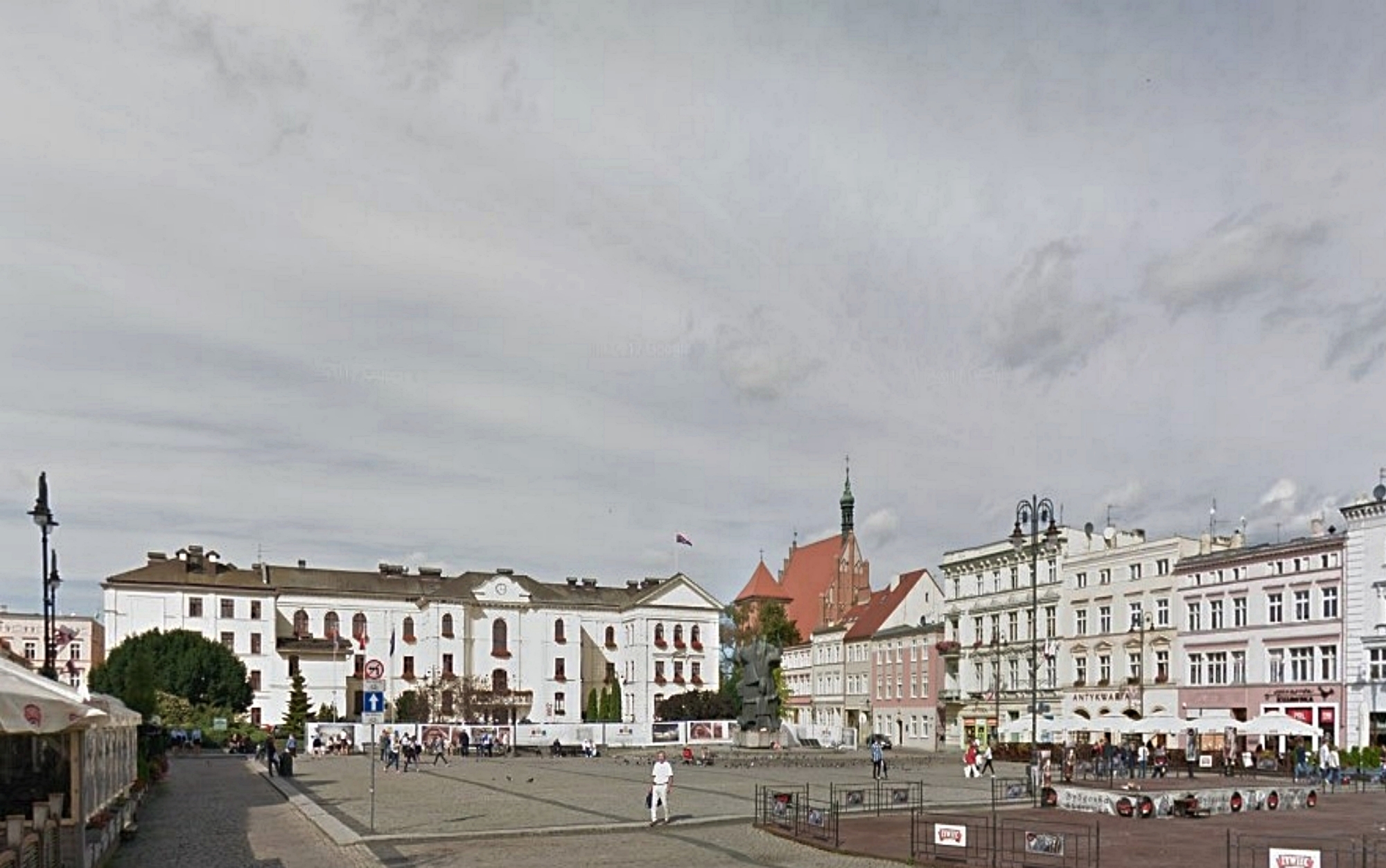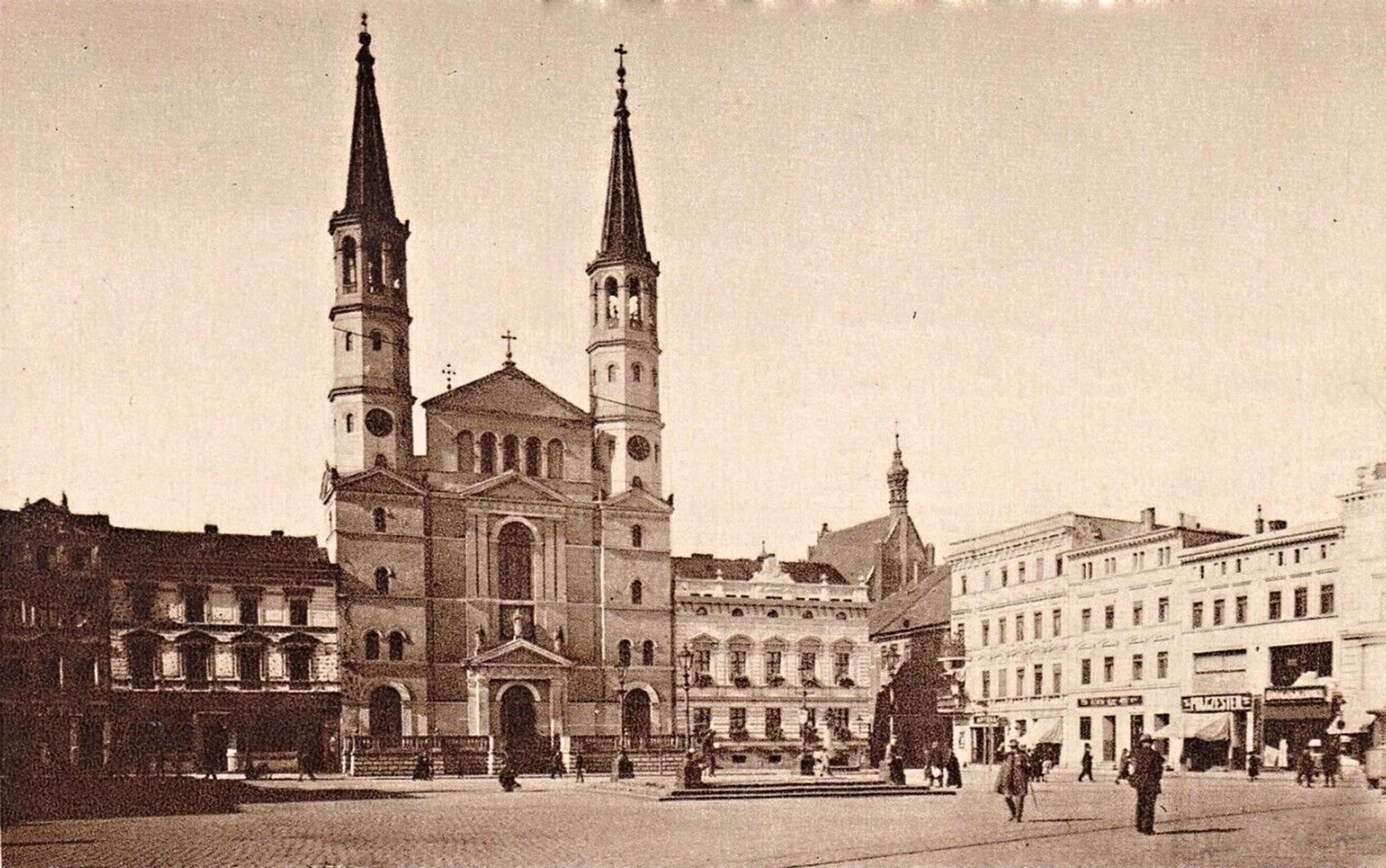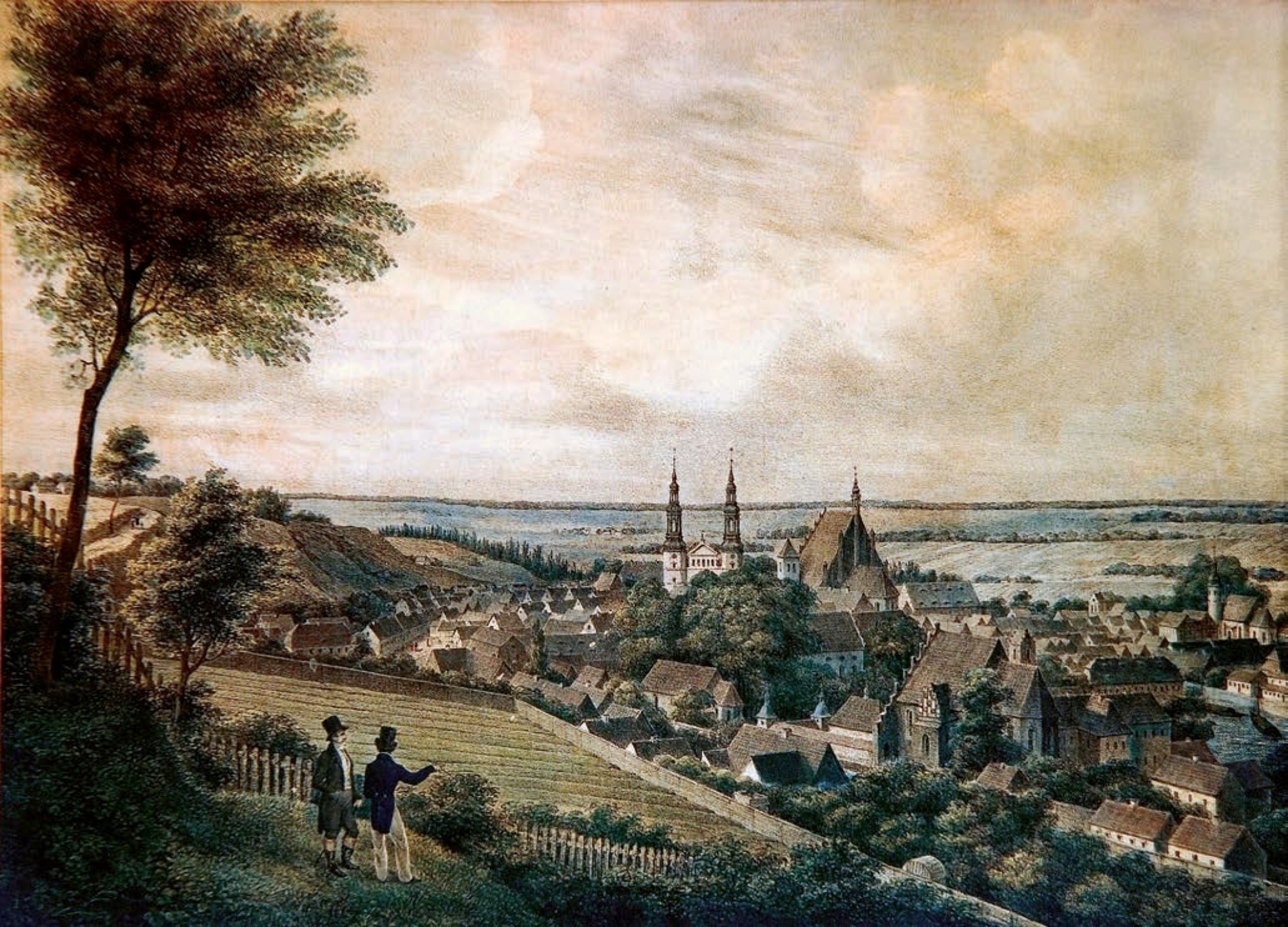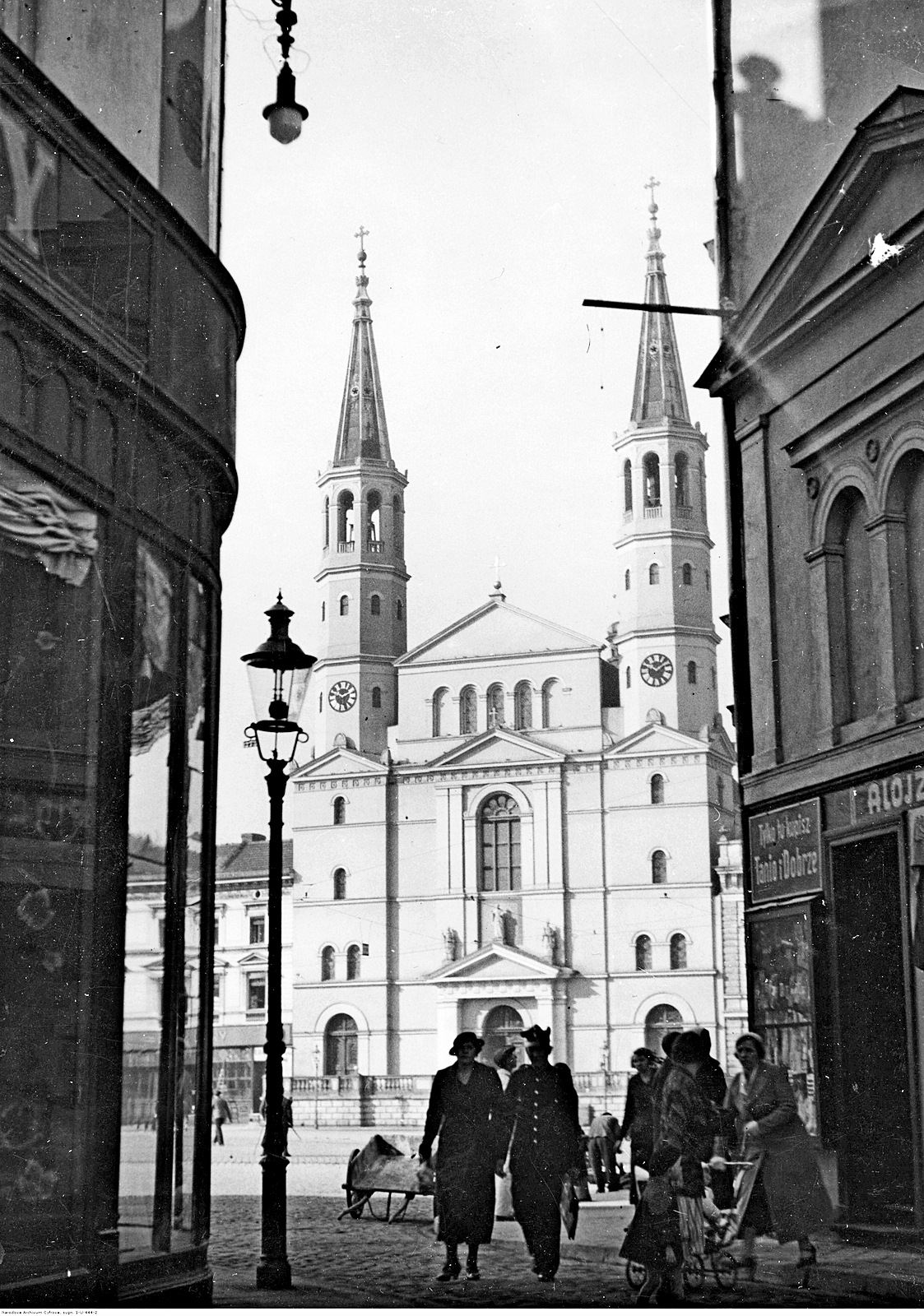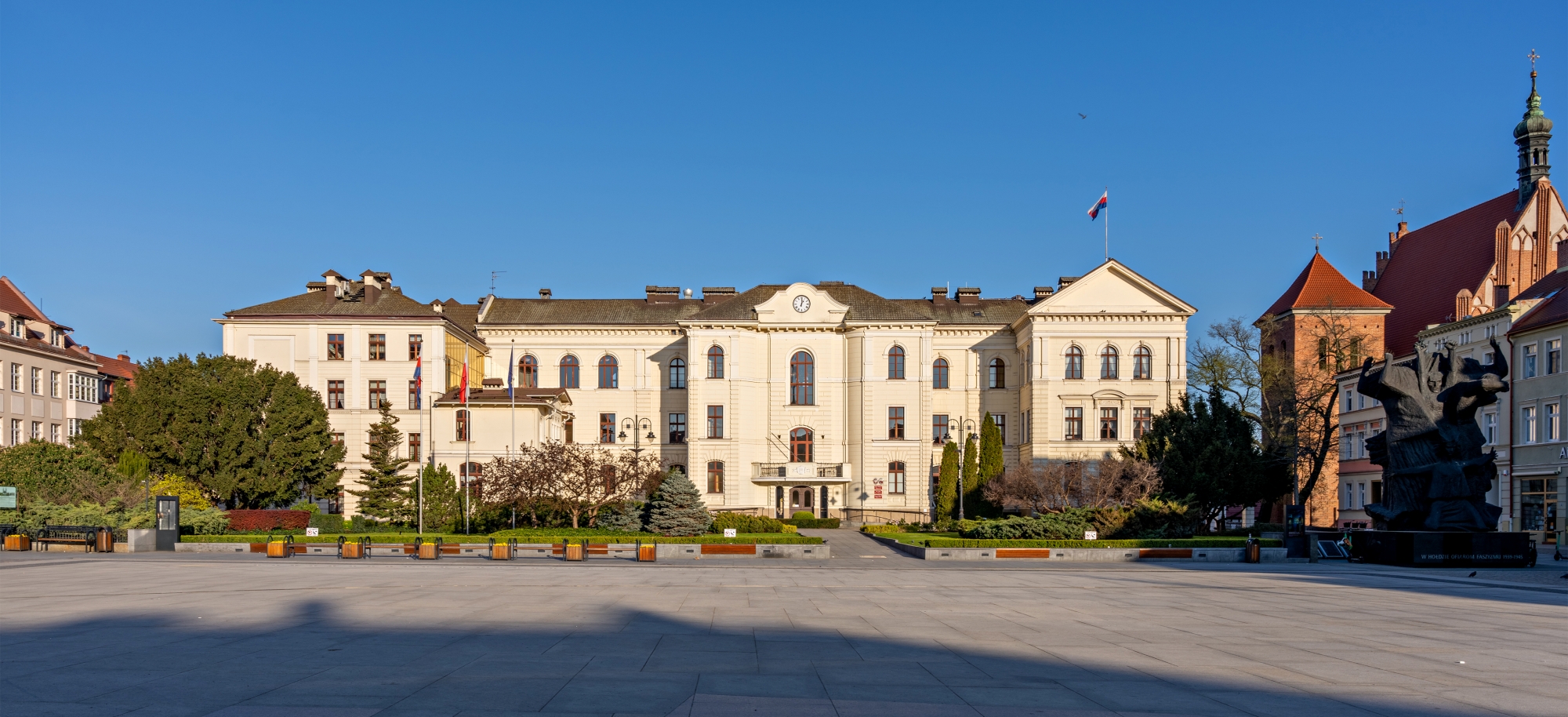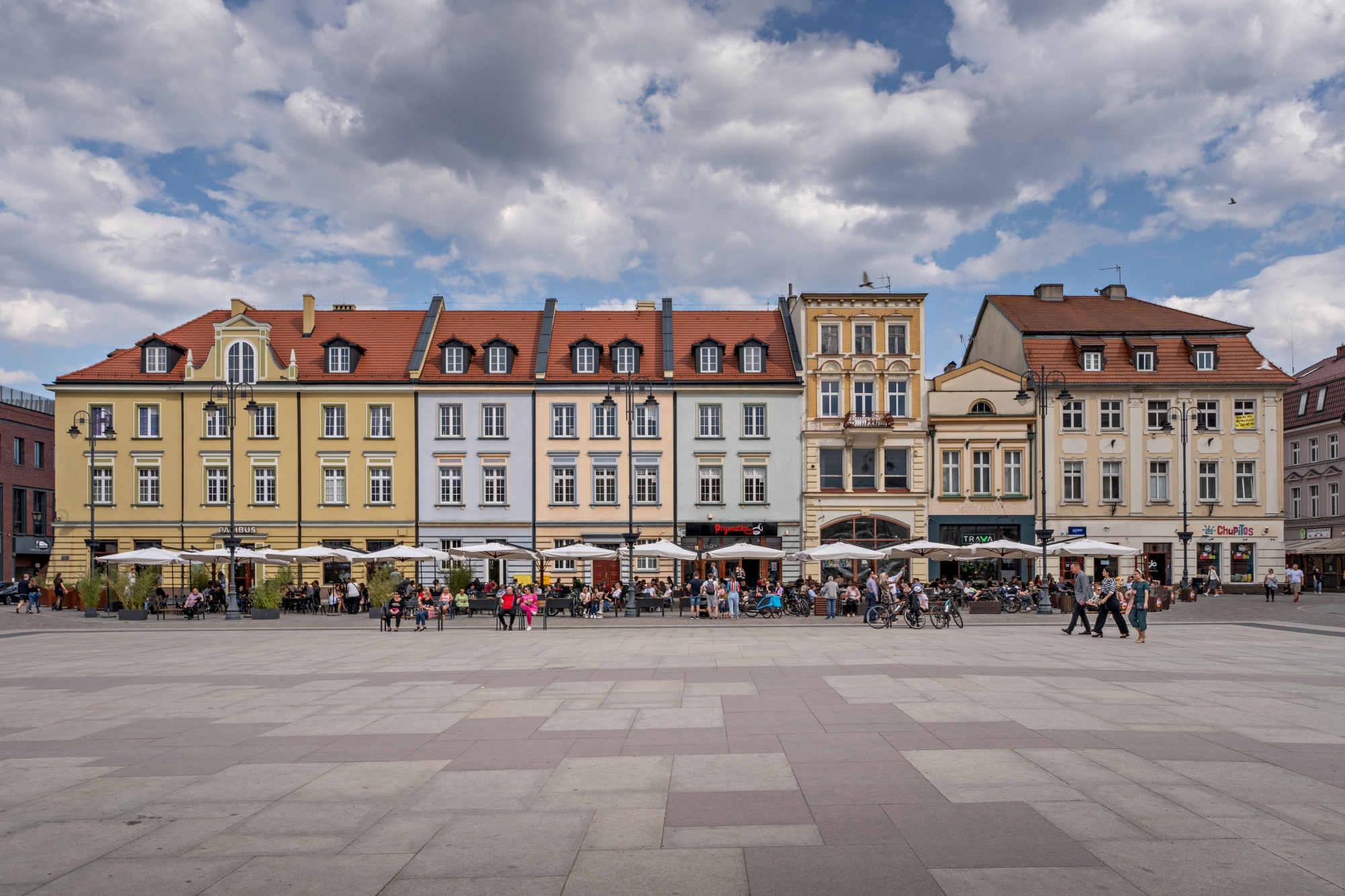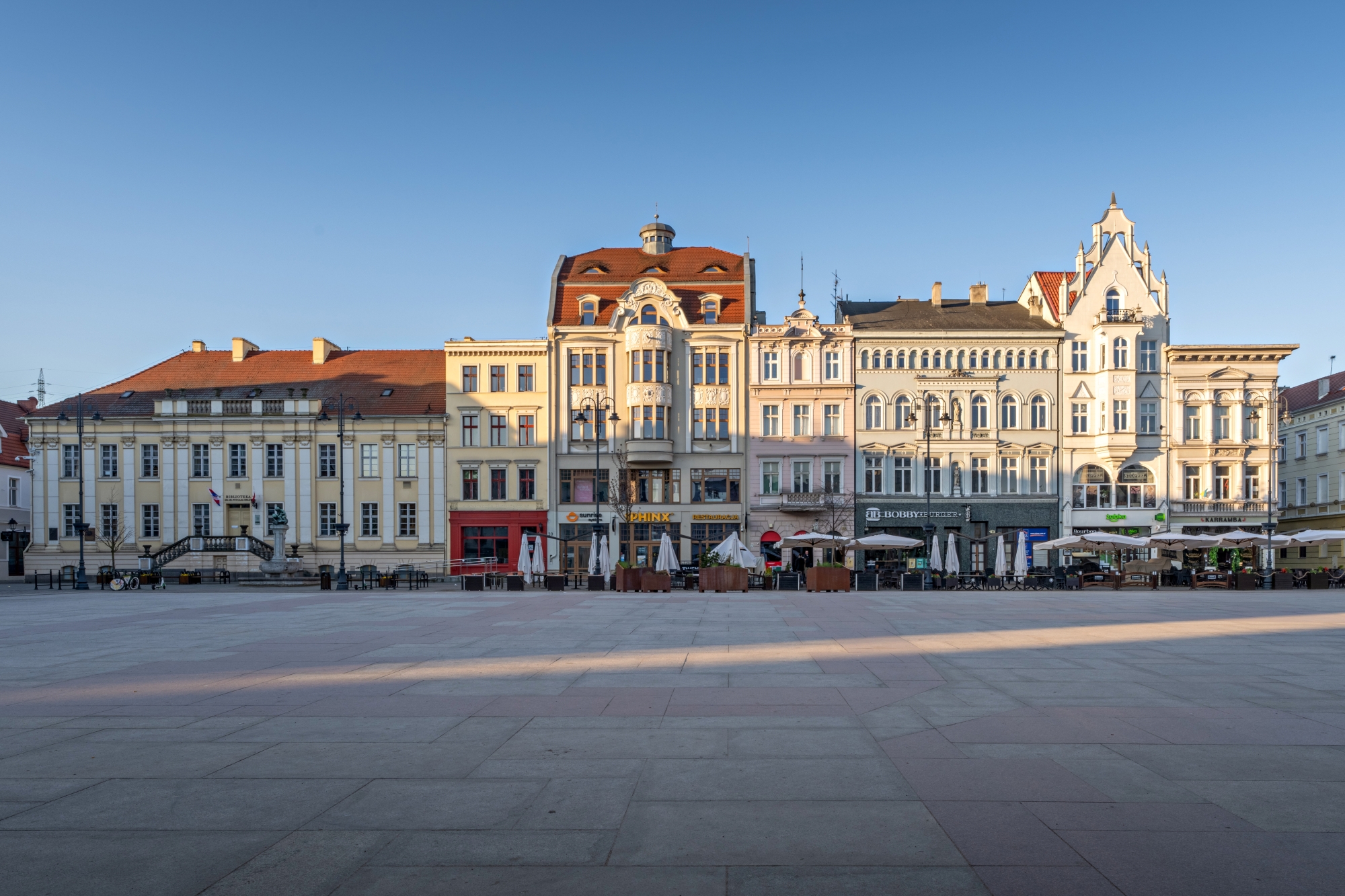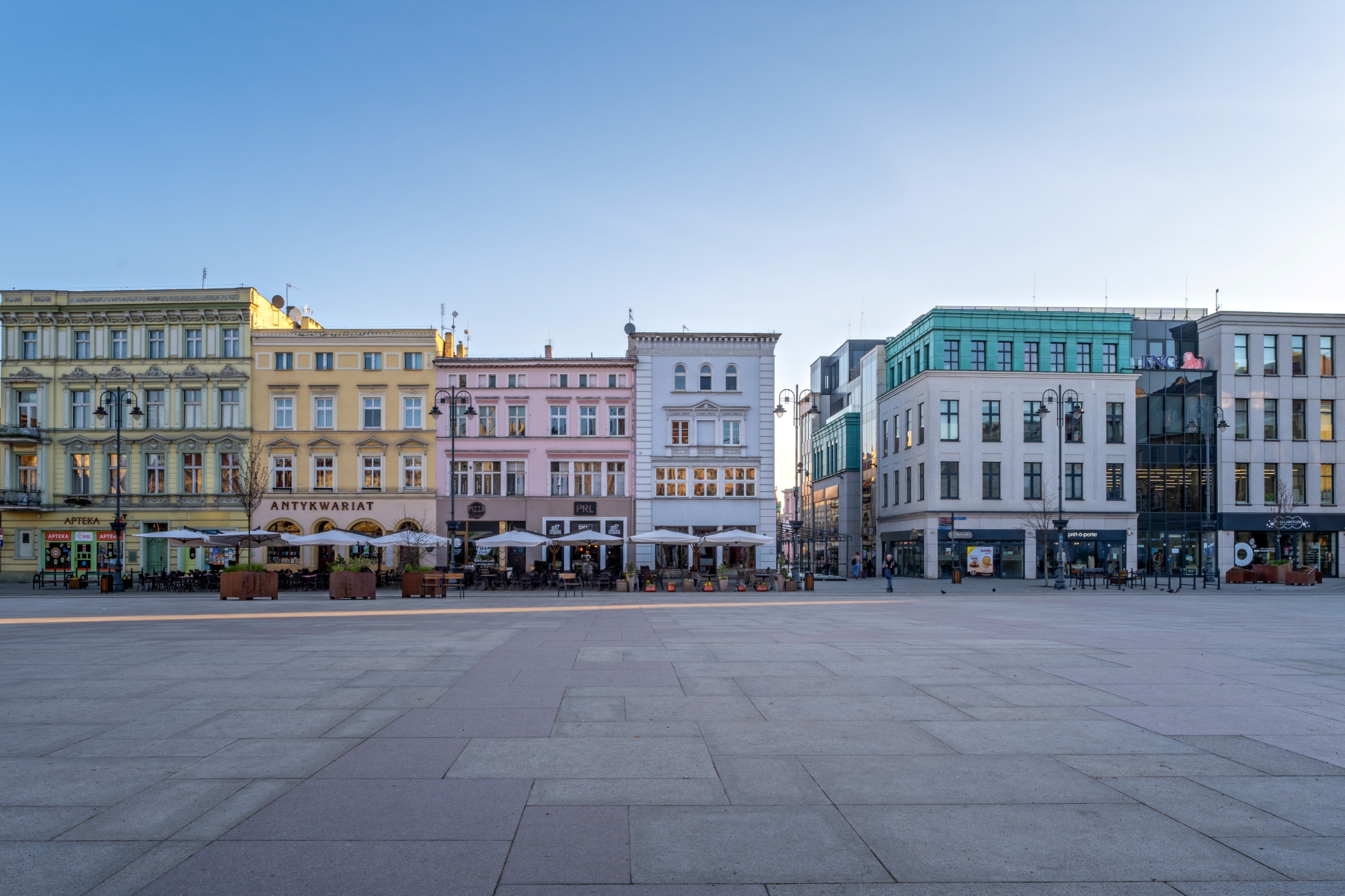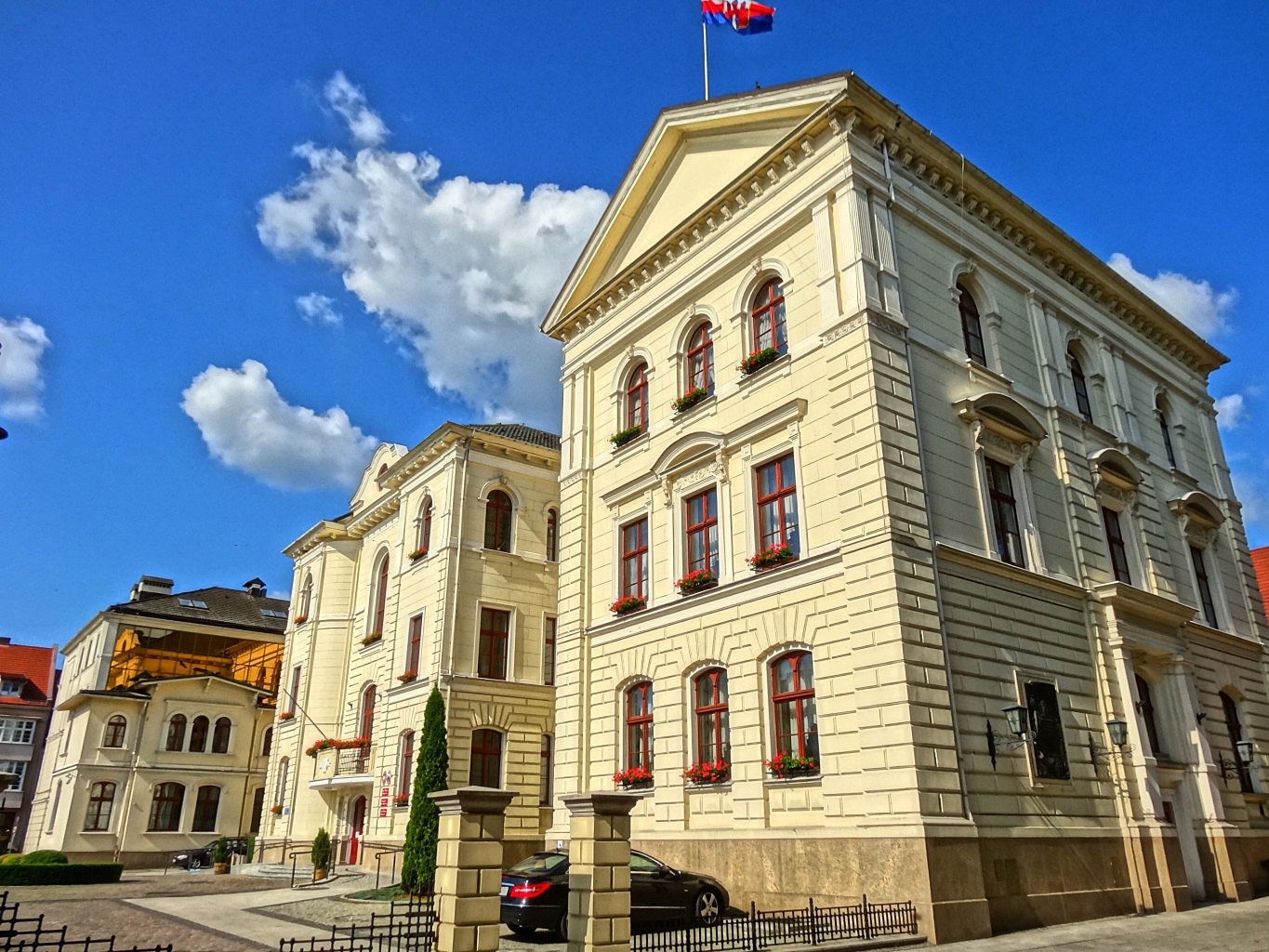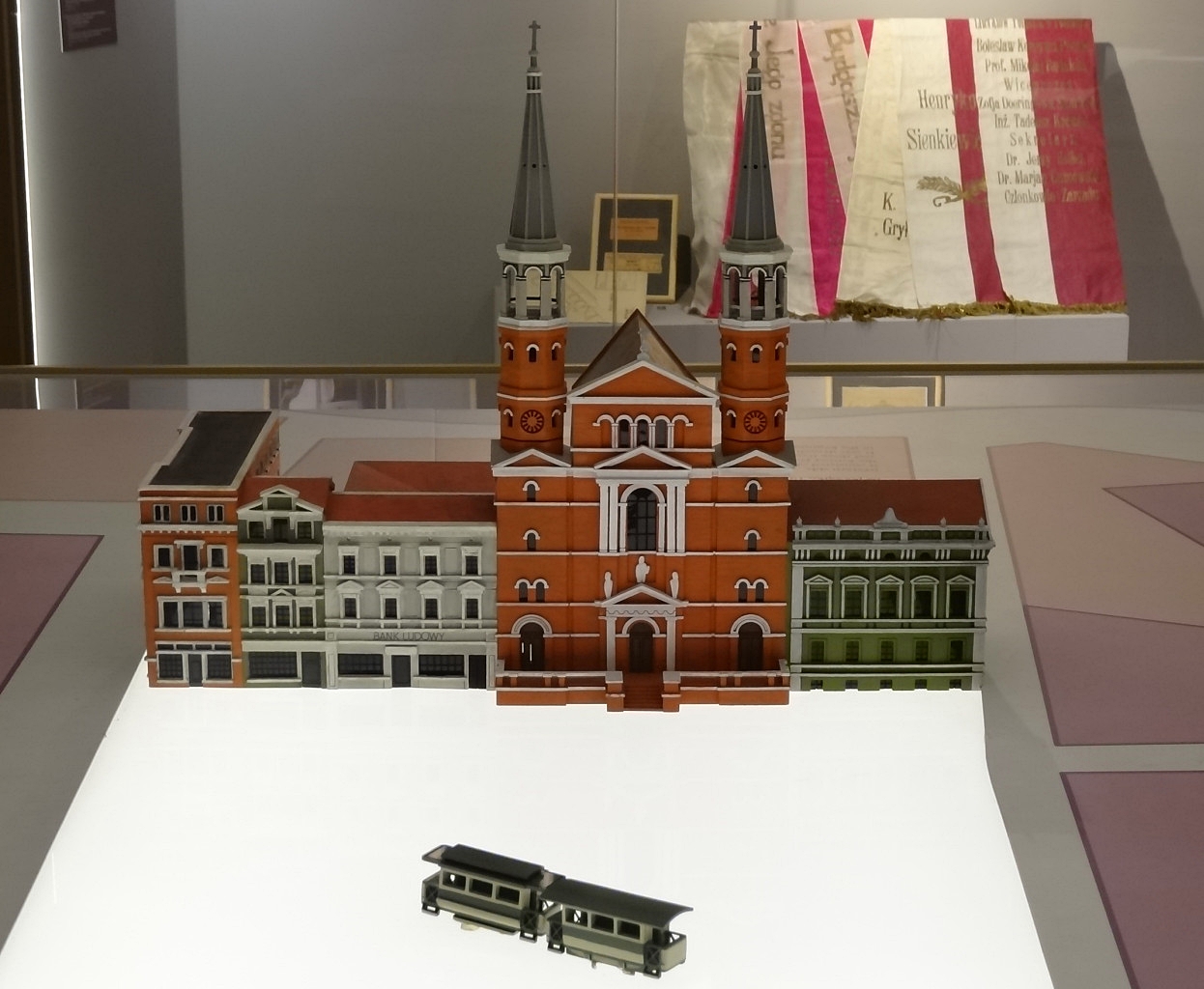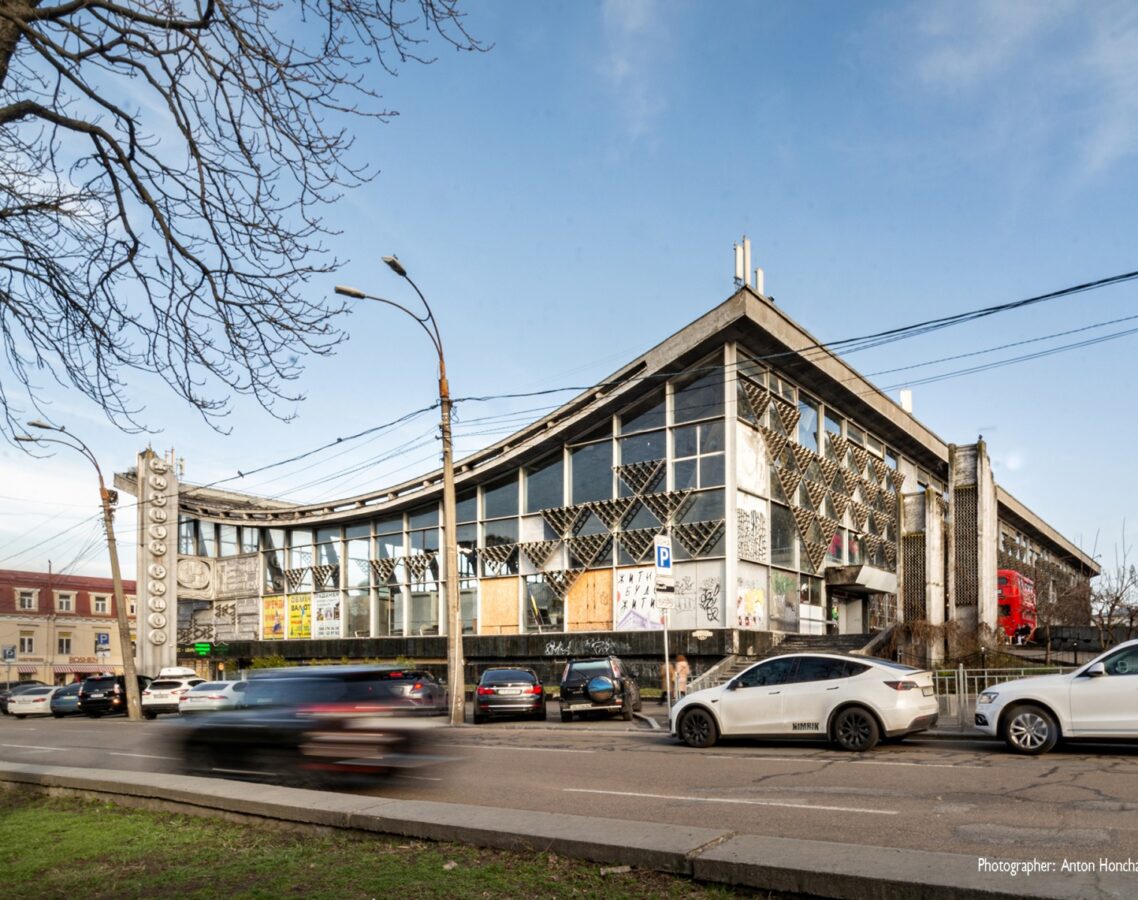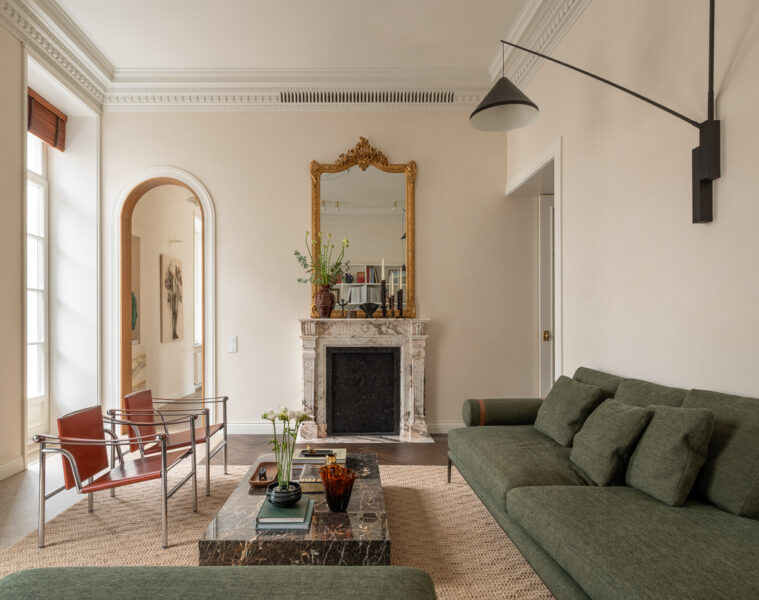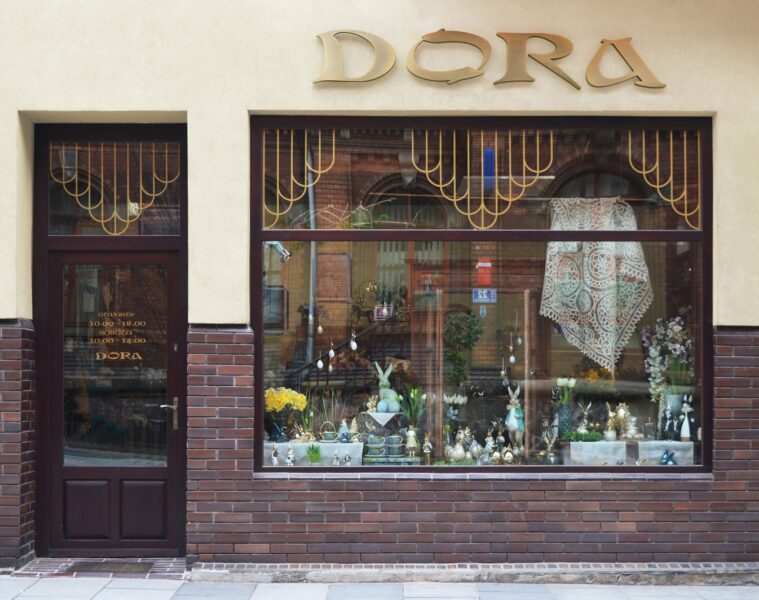Bydgoszcz has one of the best-preserved complexes of pre-war buildings in Poland. Despite this, the city did not escape transformation and destruction during the German occupation. One such crime against the urban fabric occurred in 1940, and it was the demolition of the western frontage of the Old Market Square. Its most characteristic building was the Church of St Ignatius Loyola. Today, on this site there is a green square in front of the Bydgoszcz Town Hall (the former Jesuit college), which was exposed by the demolition of a number of buildings.
The buildings were demolished between January and March 1940 as a result of a decision by the Kreisleiter of the NSDAP, the mayor of Bydgoszcz (German: Bromberg) Werner Kampe, following the public executions carried out in front of the Jesuit church in September 1939. The defunct temple was the main decoration and heart of the Old Market Square.
The western frontage of the Old Market Square with the Jesuit church of St Ignatius Loyola around 1915. Source: Polona National Digital Library

The reason for the demolitions was the urban planning policy of the Third Reich: Hitler wanted to create cities subordinate to his ideology, built according to a specific pattern. The Reich Law of 1937 allowed for the demolition of historic buildings and the displacement of inhabitants to achieve this goal. This type of change was introduced in Poland in Wrocław, Poznań and precisely in Bydgoszcz. The Nazis demolished tenement houses and a church with the intention of building a new town hall on the site of the western frontage, introducing German accents into the buildings of the Old Town.
Demolition of the western frontage of the Old Town Square – 1920s and present. Source: Polona National Digital Library and Google Maps
At the time of demolition, the frontage was dominated by the church built in 1638 and its two 40-metre-high Baroque towers, which had been recognisable dominants of Bydgoszcz and the surrounding area since the 18th century.Its patron saint was until 1806. Holy Cross, after which it was given the invocation of St Ignatius Loyola. On the side of Farna Street, the temple was adjoined by a building from the second half of the 17th century, which from 1923 to 1939 housed the City Museum. The other three townhouses on the southern frontage were by this time tall, three-storey, spacious, decorated buildings with eclectic decoration and a residential and service character. Some of the equipment in the Jesuit church was given to the City Museum, some to the Old Town Parish Church and the churches of St. Vincent á Paulo and St. Anthony in Bydgoszcz. In addition, the parish received bells and an organ.
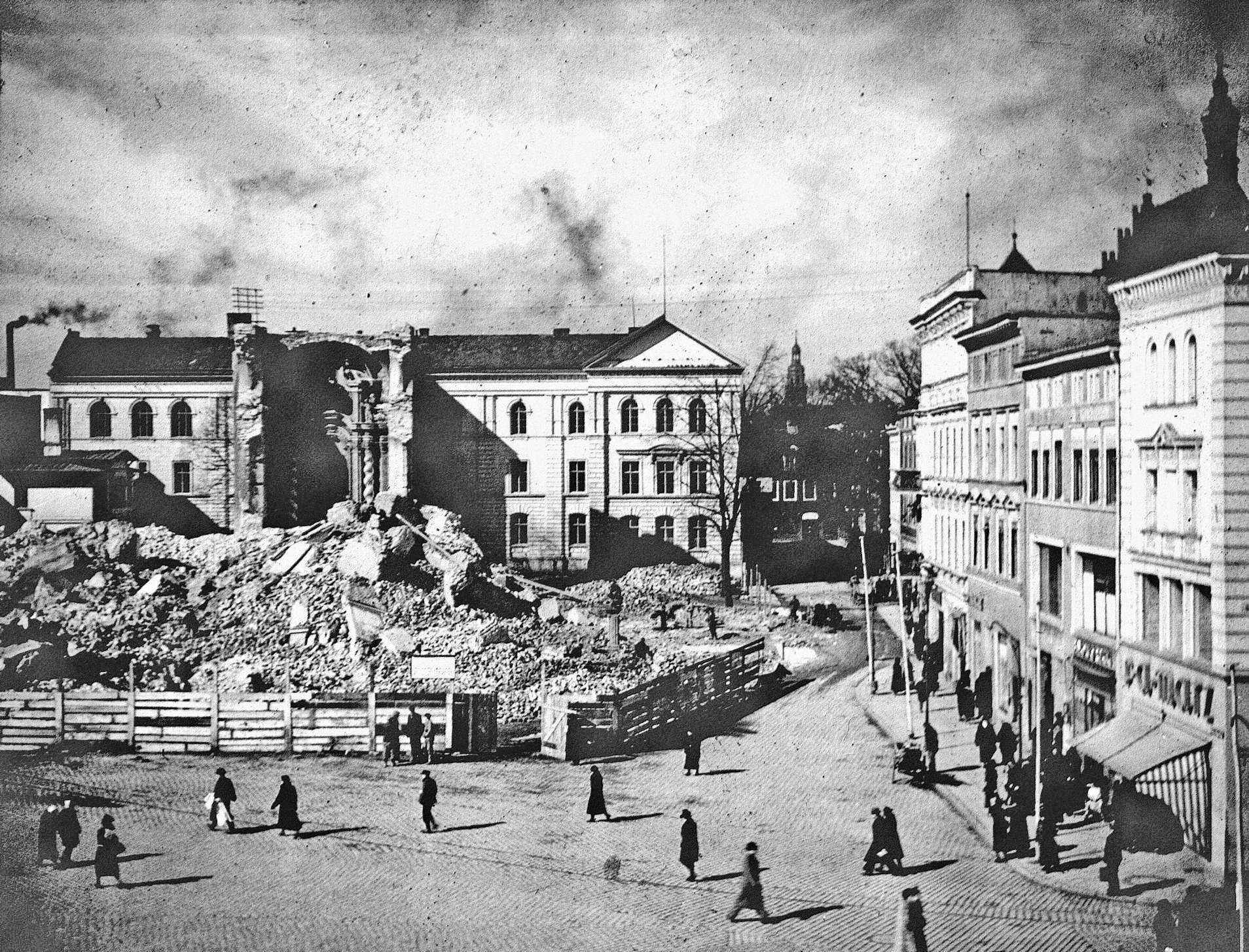
Today, the western frontage of the Old Market is the façade of the building of the former Jesuit college, which now serves as the town hall. In front of it is the Monument to Struggle and Martyrdom of Bydgoszcz.
For several decades, the Social Committee for Reconstruction has been active, aiming to restore the historical shape of the western frontage of the Old Market. The implementation of this concept, in addition to financial issues and the lack of a clear social will and coherent vision, is hindered by the lack of consent from the Roman Catholic Diocese of Bydgoszcz for both the reconstruction of the church for sacred purposes and for other possible social or cultural purposes. The dispute has been ongoing for more than 80 years.
Source: tygodnikbydgoski.pl, metropoliabydgoska.pl
Read also: Architecture in Poland | Urban planning | City | History | Ecclesiastical architecture | Bydgoszcz


